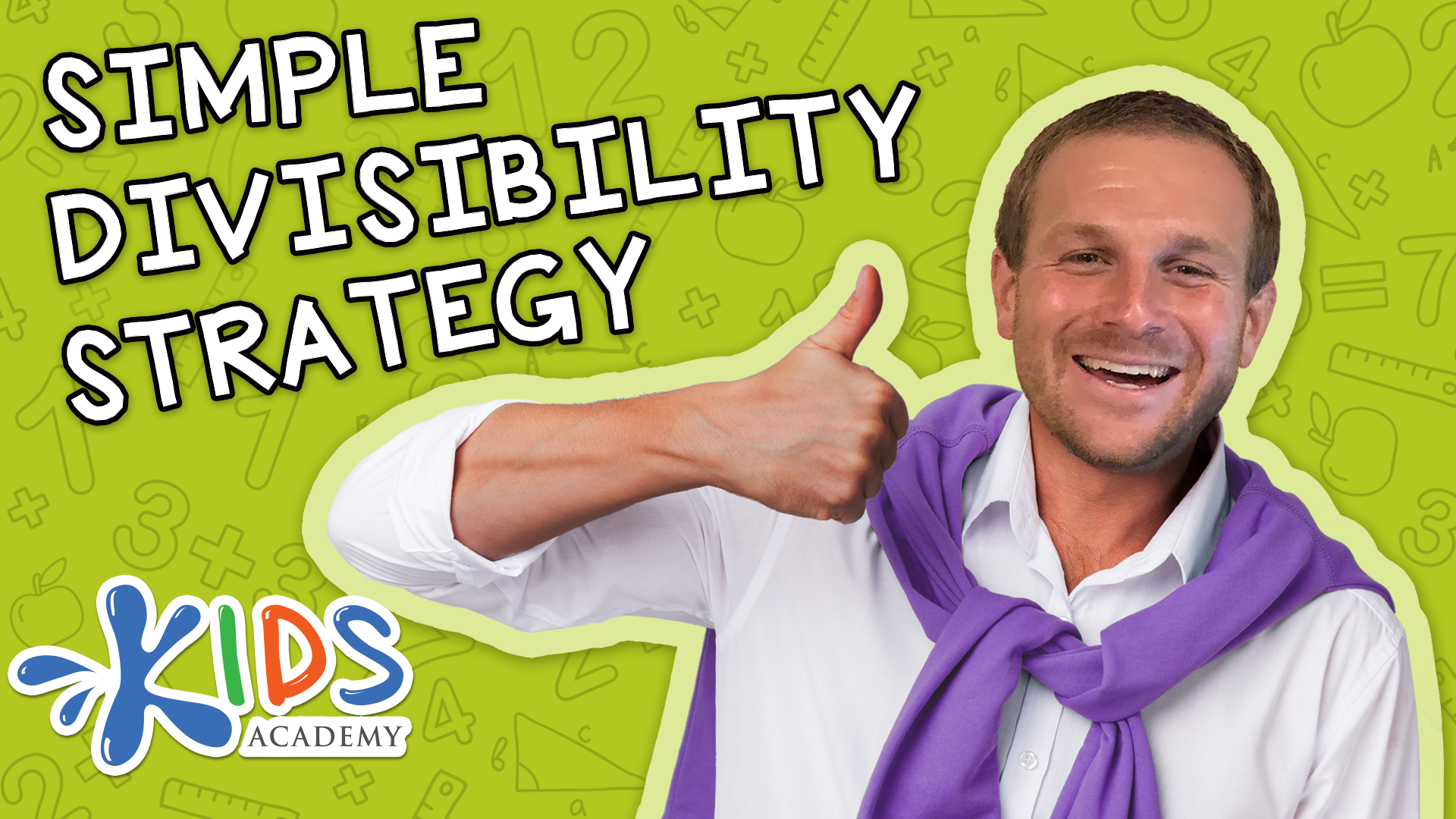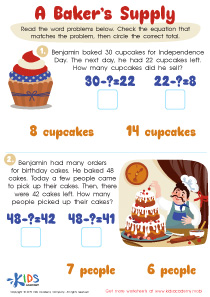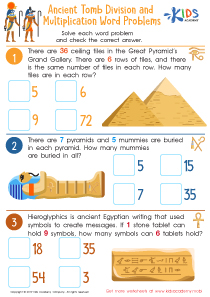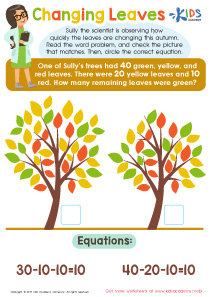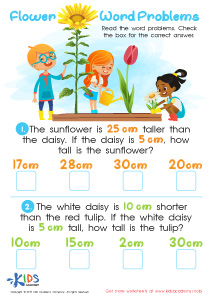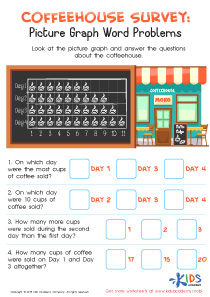Easy Time Word Problems Worksheets for 9-Year-Olds
1 filtered results
-
From - To
Introducing our Easy Time Word Problems worksheets, expertly designed for nine-year-olds to master the concept of time! These learning downloadable worksheets provide a fun and engaging approach to solving time-related word problems, helping children develop critical thinking and analytical skills. The worksheets offer a variety of scenarios that challenge young minds to apply their knowledge in practical situations. Whether at home or in the classroom, these worksheets are a fantastic resource for enhancing your child's learning experience. Download today and watch your child thrive in understanding and managing time efficiently!
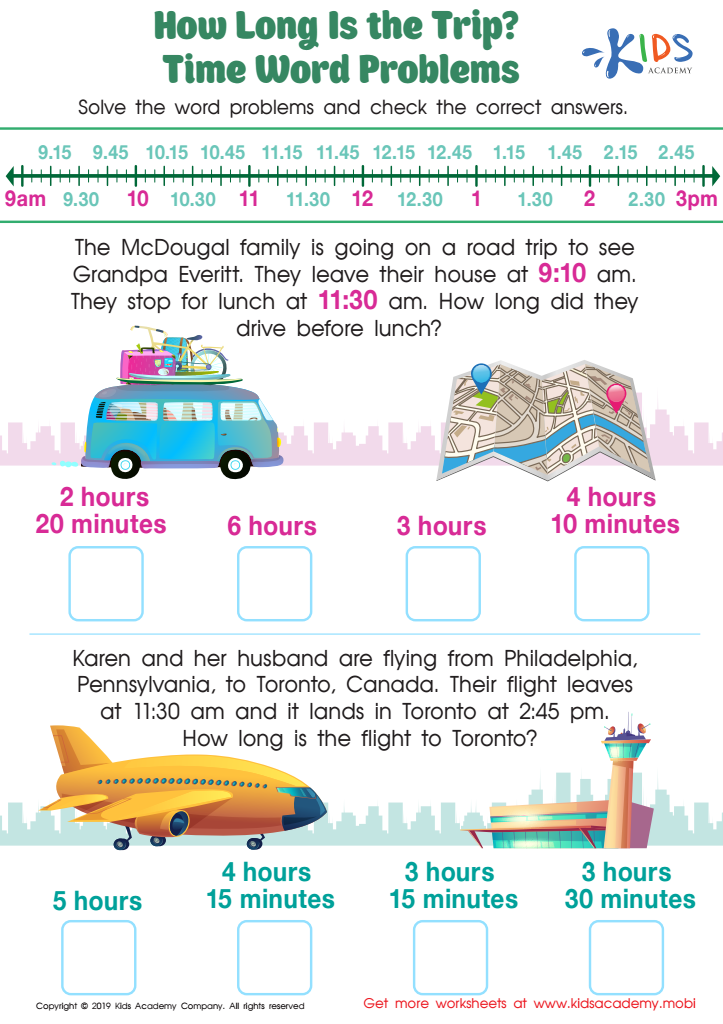

How long is the Trip? Time Word Problems Worksheet
Easy worksheets on Time Word Problems are an essential tool in the educational journey of nine-year-old children, offering a balanced mix of challenge and engagement to enhance their learning experience. These specifically designed learning homework sheets serve not only as a practice tool but also as a bridge connecting various aspects of a child's cognitive development, especially in mathematics and logical reasoning.
Firstly, at the age of nine, children are at a crucial developmental stage where they begin to handle more complex ideas and concepts. Time word problems are a perfect fit for this age group as they blend fundamental arithmetic skills with practical real-life scenarios. These problems require children to apply addition, subtraction, and sometimes multiplication, to situations involving durations of time, start and end times, or differences in time. This application of math in contexts that might seem familiar or relatable to them enhances both their understanding and retention of the concepts.
Moreover, these easy worksheets are tailored to build confidence. Time word problems can initially seem daunting due to their two-fold challenge: understanding the problem's narrative and applying the correct mathematical operations to solve it. By providing age-appropriate challenges, these learning homework sheets ensure that children are not overwhelmed, thereby fostering a positive attitude towards math. Each successfully solved problem boosts their self-esteem and encourages a more enthusiastic engagement with subsequent math challenges.
Additionally, time management and the ability to estimate and allocate time are practical skills that children begin to develop around this age. Through the use of time word problems, children learn to think about time in a more structured way. For instance, determining how long a task will take or figuring out what time to start an activity to end at a specific time are essential skills in day-to-day life. These worksheets help children develop these skills incrementally, laying a solid foundation for effective time management in the future.
The structure of learning homework sheets also promotes independent learning—a critical skill for lifelong learning. As children work through these problems, they learn to read and interpret the requirements, decide on the approach, and solve the problems on their own. This not only enhances their problem-solving skills but also improves their reading comprehension and ability to follow written instructions.
Furthermore, easy worksheets on Time Word Problems are versatile teaching tools. Teachers and parents can use these sheets not only for practice but also as a diagnostic tool to identify areas where a child might need more support. By observing how a child approaches these problems, educators can tailor subsequent lessons to address specific difficulties, thereby personalizing the learning experience.
In conclusion, easy worksheets on
 Assign to the classroom
Assign to the classroom




